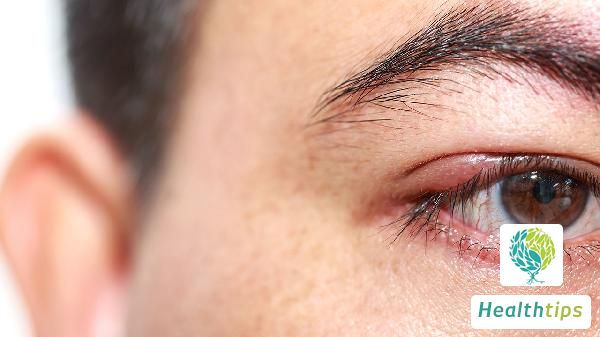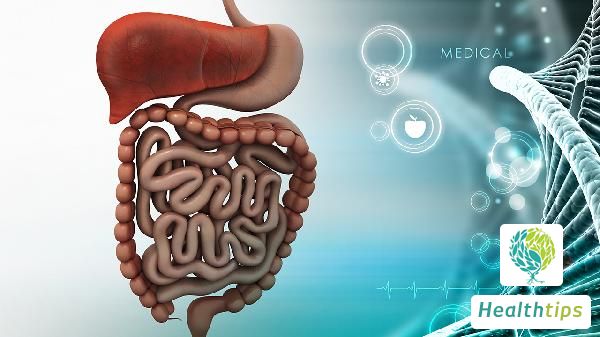Who Should Avoid Cupping on the Feet?
Foot cupping, as a common health preservation method, is highly favored by many people. Some young people may choose to undergo foot cupping during their leisure time. However, not everyone is suitable for this treatment. Generally, individuals with skin allergies or injuries, pregnant women, menstruating women, and those with weak constitutions are not recommended to undergo foot cupping.

1. Individuals with Skin Allergies or Injuries: Cupping therapy involves the use of fire to create a negative pressure inside the cups, which are then applied to the affected area to produce warmth and stimulate local blood circulation. Therefore, individuals with frequent skin allergies may experience worsening of their condition when undergoing cupping. Similarly, individuals with skin injuries should also avoid cupping as it may easily lead to wound infections or blisters.
2. Pregnant Women and Menstruating Women: Pregnant or menstruating women tend to have weaker bodies and poorer resistance, especially experiencing soreness in the waist and pelvis. When the cups are applied to the lower back and sacrum of women, it can temporarily increase pelvic congestion and lead to an increase in menstrual blood flow. Improper cupping during pregnancy may even cause miscarriage.
3. Individuals with Weak Constitutions: Those with weak constitutions already have insufficient yang energy. Undergoing cupping may further exacerbate the loss of yang energy and disrupt the body's yin-yang balance. Additionally, after cupping, it is important to avoid direct exposure to air conditioning or fans to prevent the invasion of wind evils.
1. Zusanli (ST36): Zusanli is one of the key acupoints for human health preservation, often referred to as the "Longevity Point" in ancient times. Modern research has confirmed the meridian theory related to Zusanli, which regulates the function of the cerebral cortex and positively affects cardiovascular function, gastrointestinal motility, endocrine function, and the immune system. According to traditional Chinese medicine, the Foot Yangming Stomach Meridian, where Zusanli is located, is a meridian with abundant qi and blood, extending from the head to the feet and traversing the entire body. It is primarily distributed along the forehead, chest, abdomen, and the anterolateral aspect of the lower limbs. Therefore, Zusanli can not only regulate the function of the digestive system but also treat various conditions related to the meridians passing through this area, as well as various systemic diseases such as hypertension, heart disease, gastrointestinal disorders, and diabetes. Regular cupping at Zusanli can promote overall health and well-being.
2. Yongquan (KI1): Yongquan is the first acupoint of the Foot Shaoyin Kidney Meridian, located at the center of the palm of the foot, the lowest point of the human body. Toxic dampness in the body tends to accumulate here and is difficult to expel. Over time, it can block the flow of qi or spread to other parts of the body, leading to various illnesses. Cupping at Yongquan can help expel toxic dampness and clear the qi flow of the Foot Shaoyin Kidney Meridian. When the kidney qi is abundant, the body is energetic, resulting in strong teeth, clear vision and hearing, and delayed aging.



















